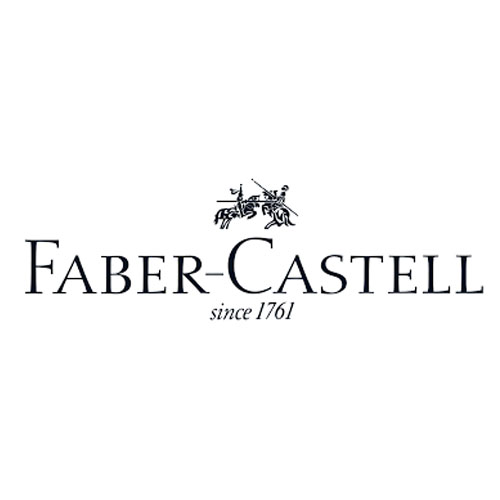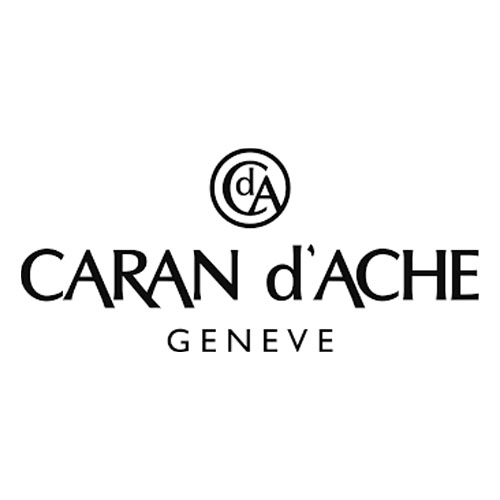Experimenting with Watercolour Pencils and Watercolour Pastels
August 16, 2022Watercolour Pencils & Watercolour Pastels may be new to artists who are used to traditional watercolour paints or standard dry media.
What are watercolour pencils and pastels? These pencils and pastels bridge the gap between wet media and dry media. Each brand and line has its own unique strengths and working properties. At Opus Art Supplies, we carry a number of different water-soluble pens, pencils, colour pencils, and pastels.
In this article, we will be introducing the Albrecht Dürer Watercolour Pencils from Faber-Castell, and Caran d’Ache Neocolor II Pastels.
We will also be working with Opus Essential Watercolours, our offering of traditional artists’ grade watercolours. Our test painting was done on Opus Student Watercolour Paper. (Faber-Castell recommends using watercolour paper for optimum results.)
The Overview
Sometimes you can have both!
The Neocolor II pastels and Albrecht Dürer pencils both produce vibrant colours that are water-soluble. This means that colours can be picked up or manipulated with water, whether on the surface or directly from the stick.
Watercolour pencils and pastels can be used for any combination of watercolour painting techniques. (And standard coloured pencils and wax/oil pastels techniques respectively.)

Their familiar form factor makes them a great introduction to watercolours for younger artists, or those more accustomed to dry media. Please note that Neocolor II Pastels are not designed to be used as face paint or on skin.
Both lines (Neocolor II and Albrecht Dürer) boast high-quality pigment selections and excellent lightfastness. This will be appreciated by artists wanting to make long-lasting art pieces.
Starting with Watercolour Pastel
The Neocolor II Pastels can be used to quickly map out large blocks of colour. It doesn’t take much to lay down a vibrant first wash.

We made some basic mixes by laying multiple colours side by side and on top of one another. Next we blended the colours together with a wet brush to smooth out the colours.
For the most part, the initial pastel texture washes into a traditional watercolour look.

Using Watercolour Pencils For Details
We chose to use the Albrecht Dürer Pencils for most of the portrait subject’s face. The main reason for this was the coloured pencils have a much finer point. This helped in areas where we wanted to avoid blending together adjacent colours, such as in the forehead and temple areas.
As shown in the images, one can increase the amount of pressure for increased colour load.

Much like the watercolour pastels, the watercolour pencils can be wet to smooth out the stroke lines.

Layering With Watercolour Paints
In this practice piece, we used Opus Essential Watercolours to get darker values. The main reason for this was the Neocolor II and Albrecht Dürer sets we had on hand mostly had brighter colours. Darker options for Neocolor and Albrecht Dürer are available in larger sets and individually.

The traditional watercolour paints can simply be laid on top of the previous layers. Once the working surface is dry again, another layer of Neocolor II can be added to re-introduce the pastel/crayon texture.
The End Result & More Techniques To Try
Takeaways from the initial experience:
- The pastels and pencils were easy to use. They feel like standard dry media, up until water gets involved. This is a great way to shake up your watercolour practice.
- Neocolor II are in a way, watercolour paint sticks. Kind of like the watercolour version of a R&F Pigment Stick, or Kama Oil Stick.
- The colours are very vibrant! The Neocolor’s have a bolder look, likely due to the softer, thicker material.
- You can create textures quite different from traditional watercolours. These are a great option for mixed media work.
- The pastels and pencils would be great for plein air work, thanks to their form factor.
- We used soft watercolour brushes (the NEW Opus Galiano Quill Brushes) for these tests. It would be interesting to experiment with a stiffer brush, but bear in mind the durability of your watercolour paper.
And here’s the end result of our tests with Neocolor II and Albrecht Dürer!

More techniques to try out:
- Working the dry media onto a wet surface
- Spraying colours with a spray bottle
- Picking colour directly from the pencil or pastel using a wet brush
- Embossing techniques using the watercolour pencils
- Watercolour & salt technique
- Applying shavings from the pencil/pastel using a blade or sanding block
Shop Faber-Castell writing & drawing tools
Superb quality writing and drawing tools with superior lightfastness. Sought by artists worldwide.
Explore Faber-Castell!
Shop Caran d’Ache
“Swiss Made” is first and foremost a promise and a commitment to the highest manufacturing standards.
Explore Caran d’Ache – From The Collection


